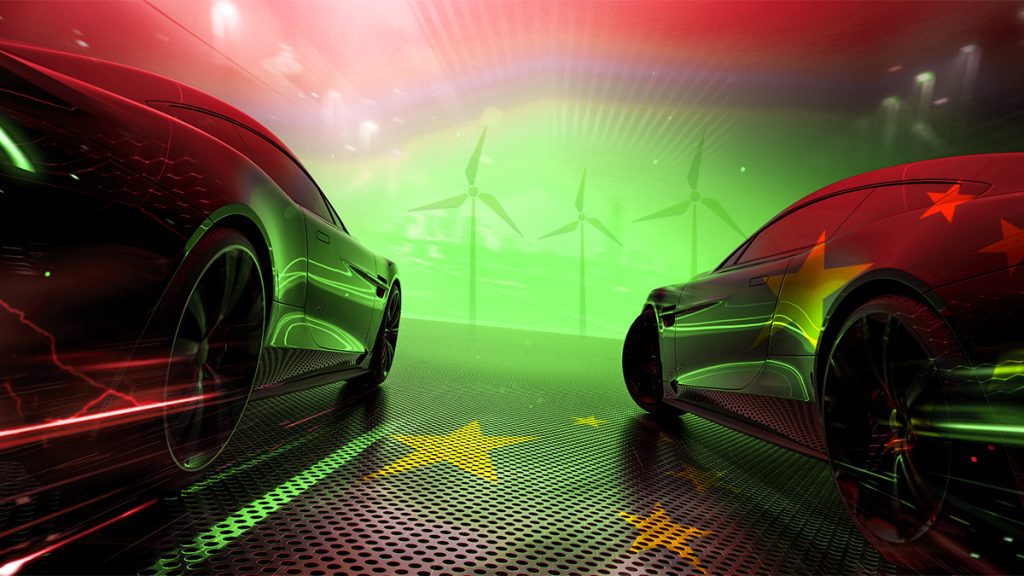
China has a unique consumer profile for its electric vehicle (EV) market. Chinese consumers have no past car ownership experience, making them more and open to EV, and are price conscious.
- The role of government policy support in the rapid development of the EV sector and the shift towards charging infrastructure construction.
- The potential impact of China’s increasing dominance in the EV market on the global economy and geopolitical power dynamics.
———-
China is becoming a big part the EV market. It was only a matter of time, China is a main exporter of EV parts, and most of the foreign brands’ factories are in China. The world is shifting towards a more friendlier eco-conscious means of transportation, and the Chinese EV market is booming for various reasons. But in this article, we will be focusing on the following two.
Chinese Consumer Profile Stands Out
The Chinese EV consumer profile and behavior differ from the rest of the world. Many Chinese customers can readily explore the EV vehicles.. Western consumers, on the other hand, have years of expertise driving internal combustion engine cars, making them sluggish to change their behavior.
Chinese consumers are price-conscious, and original equipment manufacturers (OEM) have responded by selling EVs at various price points. These customers are eager to use the latest digital architecture and intelligent functions available in E-vehicles. Many Gen-Z and millennial consumers take their new purchases to the next level. By personalizing their EVs as a form of self-expression.
Flexible Government Backing For Chinese EV, Yet Crucial
While industry trends are encouraging, Chinese government policy support will be critical for the EV sector’s rapid development. However, the nature of assistance is evolving. Direct price subsidies are being phased out as battery costs fall and efficiency improves. Instead, the government’s New Energy Vehicle Development Plan (2021-2031) and Technology Roadmap 2.0 for energy-saving and new energy cars, both released in October, aim to shift assistance to charging infrastructure construction.
Several organizations are involved in the charging infrastructure market. Including the state-owned electric utility, State Grid Corp, third-party independent charger operators, and leading EV manufacturers developing fast-charging and battery-switching networks.
Companies that provide charging infrastructure are becoming an increasingly significant aspect of the EV ecosystem. There are now roughly 600,000 EV charging sites in China, or about one for every five vehicles. This, however, is lower than prior government targets and considered insufficient. Government incentives may encourage the construction of charging infrastructure to move more quickly.
Bottom Line
With this increasing dominance over the EV market, a question arises. How might China’s increasing control over the EV market impact the global economy and geopolitical power dynamics. Especially considering the country’s dominance in the supply chain and negotiations over crucial raw materials? Will it be a factor to drive healthy competition to the US EV market, or will it simply lead to another Chinese monopoly?